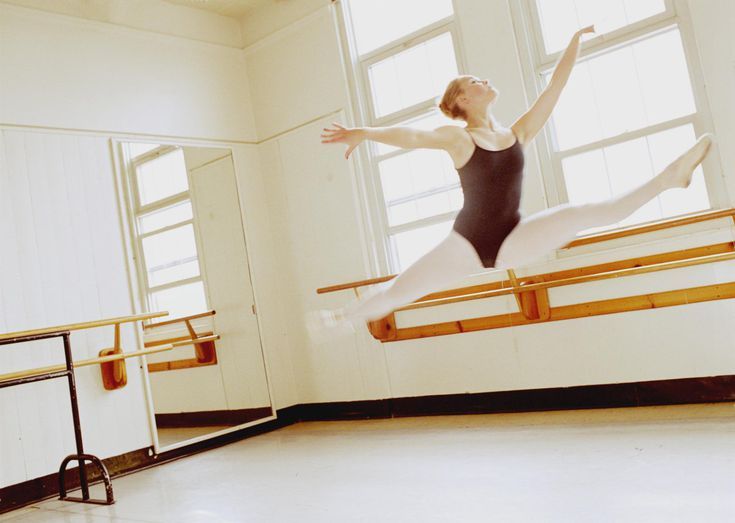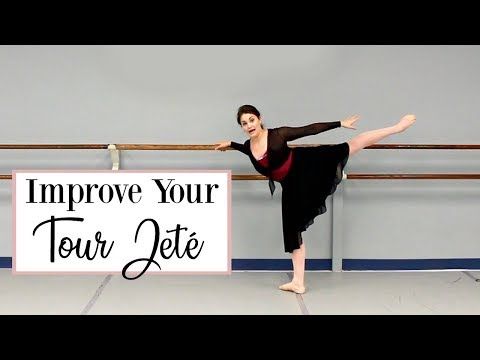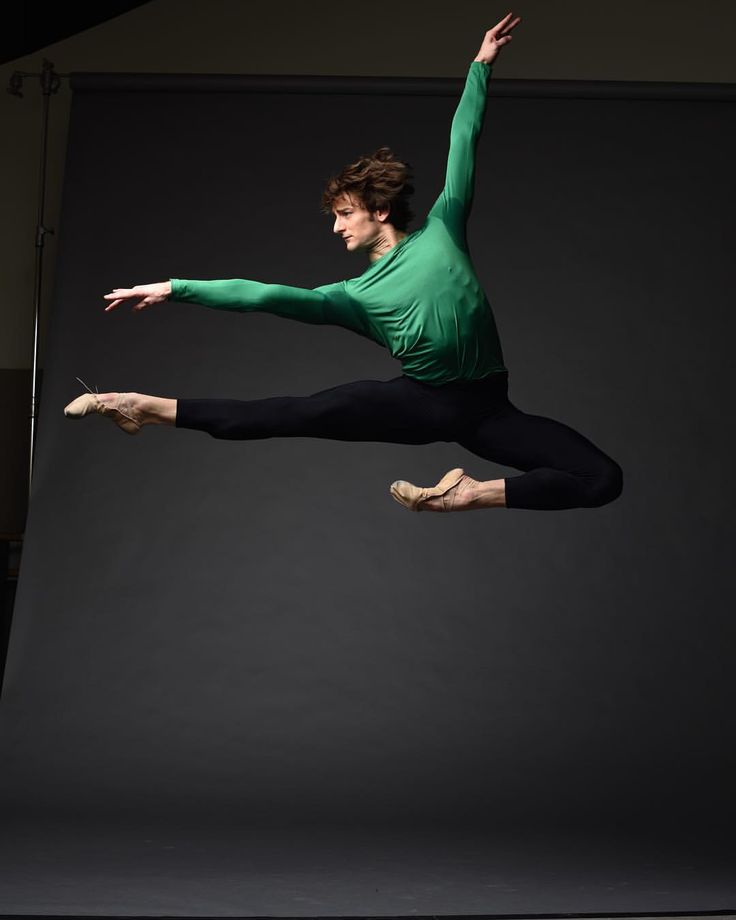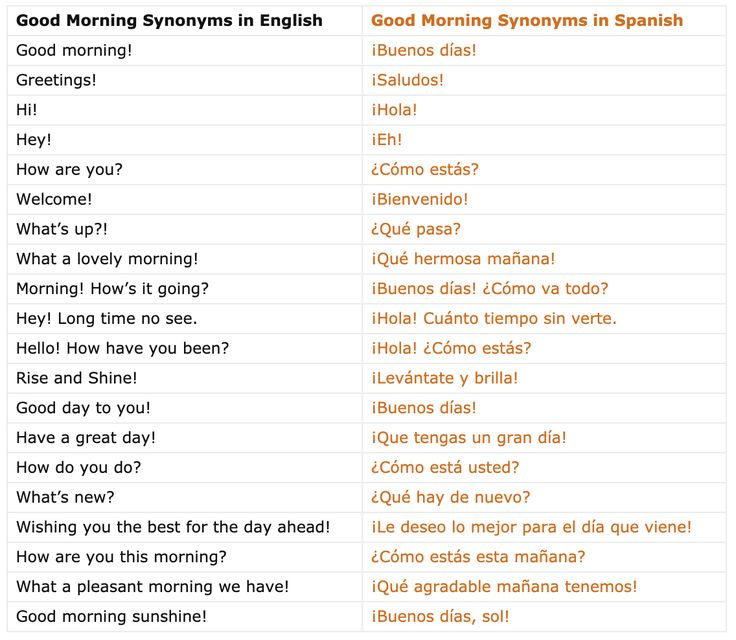How to improve your leaps in dance
5 Tips to help improve your leaps – Shooting Stars Dance School
/in Uncategorized /by Galan MartinStrength and flexibility is required a lot for dancing. Stretching every day and working your legs will help with leg strength and flexibility which will make Leaps come easily.
Here are 5 tips to help improve your Leaps
- Solid preparation is needed for a good leap this is your chance to build up momentum but be careful not to use all your energy here. Whether you are leading into the leap with a run or combination you should feel light on your feet. The last step you take before leaving the ground is a plie. This step is important for achieving the height you need to properly execute a leap.
- Leaving the floor with power starts with a good push from a plie. Push the floor with the balls of your feet and your big toe when you jump forcing the floor away from you. Practicing this will strengthen the muscles in your feet and allowing you to jump higher.
- Look up as you go into your leap as this will allow the rest of your body to follow. Looking up will not only help you jump higher, make your leaps look prettier. Set your goals high and aim to reach the spot, strive your body to meet that goal.
- Quick and energetic split of the legs will give power in your leaps. Stretch your knees as much as you can by engaging your inner thighs and quadriceps. Engage the front leg quickly as you jump while the back leg must kick into the split, so that the legs are widest at the height of the jump.
- Landing cannot be overlooked, you may have all the stretch and strength needed for your leaps but without control your leaps could suffer. Preparing your legs to absorb your weight will make a difference when you land on floor this something you should be thinking about as soon as your feet leave the ground. Maintain good alignment and engage your core this will be your invisible support system.
 The goal is to land hit the floor softly and quietly as possible, be careful not to come out of a leap with your knees straight in result can cause an injury.
The goal is to land hit the floor softly and quietly as possible, be careful not to come out of a leap with your knees straight in result can cause an injury.
Practicing your leaps over and over are the best way to improve them. Good leaps just don’t just happen! It’s something that you train for and discipline yourself to achieve in practically every dance lesson. Remember to always practice proper technique and with sufficient repletion your muscles will get stronger.
Share this entry
© Copyright - 2021-2022 Shooting Stars Dance School. All rights reserved
All rights reserved
Top 5 Exercises Dancers Need for Full Split Leaps
Do
Miss Katie Peyton Groven
Oct 5, 2020
3
min read
Raise your hand if you’re desperate for a full split leap (or even over split) in the air?
I'm hoping your hand shot right up!
It's googled over and over again and there are whole Youtube channels dedicated to getting dancers in a full split when they take off from the floor.
If you feel like you have great technique, that's incredible, but do you have the strength and flexibility to hang in the air long enough to hit the full split?
Here are the top 5 exercises dancers need for full split leaps:
- Low Back Twist
- Wall Sit Jumps
- Turn out Drill
- Narrow Squat Pulse
- Split Lunge Jump
Let break each ones down and illustrate.
Low Back TwistLow Back Twist
Warming up your low back is essential for hamstring flexibility
- Sit with your legs extended forward.
- Cross your right foot over your left thigh.
- Extend your left arm on the outside of the right knee.
- Inhale.
- When you exhale, twist your torso to the right and place your right hand next to your right hip to hold the stretch.
- Allow your head to follow your body to the right.
- Repetitions: Hold for 30 – 60 seconds and repeat on the other side.
Wall Sit Jumps
Strengthen your ankles and entire leg while training explosive power.
• With your low back pushed up against the wall and knees at a 90 degree angle, push off of the wall to jump as high as you can.
• Rolling through the feet on the way up and down.
- Repetitions and Modifications: Return to the wall and repeat 8-10 reps.
Turn out Drill
Hips can't open to a full split without turnout!
• On your back with your feet together and legs extended straight from your hips at a 90 degree angle, turn your feet out to first position, and return parallel.
- Repetitions and Modifications:Repeat 15-20 reps
Narrow Squat Pulse
Strengthens the quads for long lines and power
- Starting with your feet together, rise into relevé and forced arch.
- Squeeze your knees together and keep the heels high.
- Repetitions and Modifications:Slowly pulse with control for 10-12 reps.
Split Lunge Jump
Strengthens the glutes, ankles, core and entire leg
- Begin in a lunge position
- Bend both knees and jump off the floor
- Switch feet while in the air
- Land in a lunge position on the other foot
- Repetitions and Modifications: Repeat 10 – 12 times
- [+] Hold a weight and increase jump height
- [-] Leave feet on the floor and do stationary lunge
If you have time to do this workout before class, do each exercise once. If you have time to do this workout on your own time you can repeat up to three times!
Bonus
Posted
Oct 5, 2020
in
Do
category
Miss Katie Peyton Groven
View Posts
Post Tags:
Fitness for dancers
leaping
Tips for Coming Back After a Dance Injury
2
min read
Tips for Relieving Muscle Tension in Your Body
2
min read
Tips for Taking Care of Your Body as a Dancer
2
min read
Technique: Finding The Extra Turn
2
min read
Join Our Newsletter and Get the Latest
Posts to Your Inbox
Thank you! Your submission has been received!
Oops! Something went wrong while submitting the form.
Dance School - Balance Club
25 August 2016
The most significant aspects of any dance direction, of course, are all sorts of jumps and hops. Jumps , as a kind of dance movements, are the most spectacular - they give the dance high dynamics, giving the audience a feeling of lightness and airiness. Some dancers are truly born jumpers, others go to great lengths to develop the ability to jump high and, most importantly, easily. Be that as it may, every dancer who counts on the title of a professional must constantly improve the technique of his jumps, replenishing it with new, more complex elements.
Jumps , as a kind of dance movements, are the most spectacular - they give the dance high dynamics, giving the audience a feeling of lightness and airiness. Some dancers are truly born jumpers, others go to great lengths to develop the ability to jump high and, most importantly, easily. Be that as it may, every dancer who counts on the title of a professional must constantly improve the technique of his jumps, replenishing it with new, more complex elements.
In any dance style, be it Classical or Jazz Modern, Break Dance or Hip Hop, there is a wide variety of jumps and jumps that are the most difficult part of any dance technique. And, despite the fact that the jumps of different dance styles are not always similar to each other, basic exercises and techniques for preparing for them can be used in any style. There are several tricks that will help you improve your jumps. First of all, it is necessary to develop the power of the push, which will allow you to make a high jump, sufficient to perform the desired figure in flight and fix it for as long as possible. In this article, the Balance Club Dance School provides some recommendations. By following them, you can develop your ability easily, dynamically and jump high .
In this article, the Balance Club Dance School provides some recommendations. By following them, you can develop your ability easily, dynamically and jump high .
Raise your weight! The best dancers in the world use various exercises in their training to lift their bodies up. Raises on toes with extended knees, lunges on one leg, and all sorts of squats are the best exercises that any dancer can do to improve their jumps. Find time in your classes for these exercises and soon you will begin to literally soar in the air like never before!
Work on your stretch! Stretch your calf muscles, hamstrings, and quads after each session: a dancer with flexible legs will be able to jump higher. If you are doing splits, try putting something under your front leg (like a rolled up mat). This is a good and safe way to improve your longitudinal split, which will add ease during the performance of jumps with open legs in flight.
Soften your landing! When learning to dance from scratch, before moving on to learning the jumps themselves, they learn the rules of landing. This is done because most of the injuries when performing jumps are due to improper landing. And an injury, as you know, can ruin not only the career of a professional dancer, but also bring a lot of trouble to a simple amateur. Even after a small jump, land only on tense legs, softening the landing with a springy plié. A dancer who regularly develops a deep plie performs more airy and graceful jumps, and is less likely to be injured when landing. Plie is an extremely important exercise for the dancer's health! Infrequent use of plie in your training can lead to underdevelopment of the tissues of the tendons of the ankle joints, hamstrings and weakness of the foot.
This is done because most of the injuries when performing jumps are due to improper landing. And an injury, as you know, can ruin not only the career of a professional dancer, but also bring a lot of trouble to a simple amateur. Even after a small jump, land only on tense legs, softening the landing with a springy plié. A dancer who regularly develops a deep plie performs more airy and graceful jumps, and is less likely to be injured when landing. Plie is an extremely important exercise for the dancer's health! Infrequent use of plie in your training can lead to underdevelopment of the tissues of the tendons of the ankle joints, hamstrings and weakness of the foot.
Stretch up! When performing in the jump and landing, keep your head high and your back extended - this will lighten your weight. Many dancers get distracted trying to see themselves in the mirror instead of stretching out and enjoying the feeling of flying.
Use vitamins! The bones, muscles and tendons of a dancer need a sufficient amount of vitamins and trace elements. And therefore it is better to optimally enrich your diet with essential vitamins.
And therefore it is better to optimally enrich your diet with essential vitamins.
But the most useful advice that can be given to those who want to learn how to jump is that you must constantly believe in yourself, believe that you can fly! If the dancer keeps in his mind the feeling of flying high and the belief that he can soar easily and high, he will most likely be able to make a higher jump. This belief must begin long before the actual jump, persist throughout the flight, and not disappear after landing. The dancer who believes in jumping literally gains wings!!!
We are waiting for you at our lessons and happy flights!!!
Dance school in MoscowBalance Club.
Prospect Vernadsky, 95, building 4
Tel. +7 (495) 434 0550
Jumping exercises
Style: Hip-hop / Hip-Hop Hip-hop for children / Children's Hip-Hop Ballet
Jumping is an invariable attribute of any dance style and trend. Jumping movements give the dance entertainment and dynamism. The audience has a feeling of ease of performance and airiness of the dance. Many professional dancers and dancers were "jumpers from birth", that is, they easily jumped. But still, the majority, in order to learn easy and high jumps, spend titanic efforts and years of training. However, both of them need to constantly improve their technique for performing jump elements by regularly training.
Jumping movements give the dance entertainment and dynamism. The audience has a feeling of ease of performance and airiness of the dance. Many professional dancers and dancers were "jumpers from birth", that is, they easily jumped. But still, the majority, in order to learn easy and high jumps, spend titanic efforts and years of training. However, both of them need to constantly improve their technique for performing jump elements by regularly training.
Getting Started
Jump elements can vary greatly in different dance styles. For example, in modern styles (hip hop, break dance, etc.), the jumping technique differs significantly from classical styles (ballet, tango, etc.). However, there are basic exercises and techniques that will allow you to develop the height and ease of the jump. It is this technique that will be discussed further.
The main thing to focus on in the beginning is the power of the push. It is she who will allow you to make a high jump, as well as perform the necessary figure in flight. To improve it, we can give several recommendations:
To improve it, we can give several recommendations:
- Lifting your weight. In their training, the most famous professional athletes use all kinds of exercises to lift their weight. These are rises on toes, with outstretched knees, lunges and squats on one or both legs, etc. By doing these exercises regularly, you will soon develop the necessary pushing power and be able to literally soar in the air.
- Stretch. For lightness and high sharpness of the jump, strong and elastic ligaments and tendons are needed. For this, an excellent stretch is a prerequisite. Constantly improve your stretch performance.
- Correct landing. Dancers get the most injuries when they land. And any injury can permanently unsettle the dancer. That is why when performing jumps, you should land only on tense legs, softening the landing with a springy plie. The deep plie is a fundamental exercise that all professional dancers perform. It promotes the development of tendon and ligament tissues in the ankle joints, strengthens the muscles of the foot, lower leg and thigh.

- Reach up. Watch ballet. All dancers, when jumping and landing, do not stoop, do not raise their shoulders, do not pinch. On the contrary - the back is extended, the head is held high. This will greatly lighten your weight.
In addition to the above recommendations, you should also pay attention to your diet. Vitamins and trace elements must be present in your food.
Believe in yourself
However, really spectacular jumps require more than just great strength and speed. One of the main requirements is faith in one's own strength. Believe in your high jump and then you will be able to fly.
Related articles:
| How to choose the direction of dance according to the type of temperament We all remember that in psychology classes we were told about four types of human temperament, and for those who were not taught psychology, they probably heard, even if they did not hear, then everything will become clear from the article. Style: Street dance / Street dance Hip-hop / Hip-Hop Other destinations / Other Jazz Modern / Jass Modern Stripplasty / StripPlastic Club dances / Club dance Jazz Funk / Jazz Funk Go-Go / Go-Go Fitness / Fitness Yoga Dances of the peoples of the world / National Dance Ballroom dancing |
| Hip-hop - style of self-expression The popular hip-hop dance style originated in the second half of the 20th century. Style: Street dance / Street dance Old School / Old School Robot Krump / Krump C-Wok / C-Walk Hip-hop / Hip-Hop New School / New School Hip-hop for children / Children's Hip-Hop Dance mix |
| How to start dancing So, you have a desire to improve your body and posture, find new friends and like-minded people, assert yourself, and just learn how to dance cool. |
 So, it is known that there are four types of human temperament: phlegmatic, choleric, sanguine and melancholic. Everyone has their own type of behavior in society. If you think that temperament does not affect a person's preferences, then we can say that this is a deep delusion. How to choose the direction of dance, how to understand yourself, first of all, of course, you need to try to start dancing.
So, it is known that there are four types of human temperament: phlegmatic, choleric, sanguine and melancholic. Everyone has their own type of behavior in society. If you think that temperament does not affect a person's preferences, then we can say that this is a deep delusion. How to choose the direction of dance, how to understand yourself, first of all, of course, you need to try to start dancing.  At that time, it was a pronounced Protestant direction. The dance and its performers protested against the existing order, the domination of money, corruption, and so on. However, over time, the hip-hop dance style has become very fashionable, popular, and therefore commercial.
At that time, it was a pronounced Protestant direction. The dance and its performers protested against the existing order, the domination of money, corruption, and so on. However, over time, the hip-hop dance style has become very fashionable, popular, and therefore commercial. 











